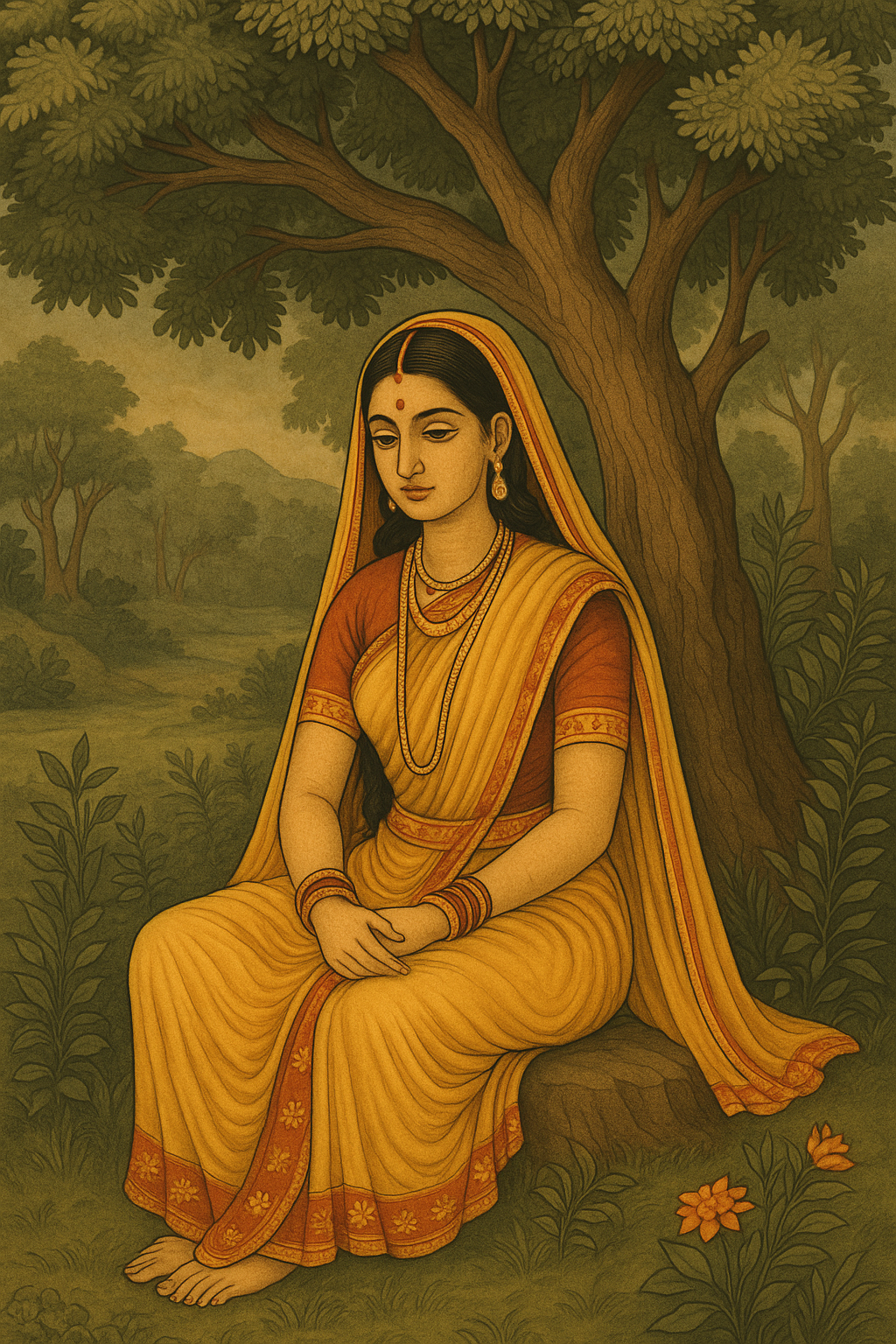
Sita Devi’s Legacy: In the grand tapestry of Indian mythology, Sita stands as one of the most revered and enduring figures. Known for her unwavering devotion, purity, and strength, she plays a central role in the epic Ramayana. As the daughter of King Janaka and the devoted wife of Lord Rama, Sita Devi’s story has inspired generations with its profound lessons of courage, sacrifice, and resilience.
But what makes Sita Devi’s story still relevant in today’s modern world? Why do her values continue to echo across centuries?
Let’s explore the timeless qualities of Sita Devi that resonate deeply even today.
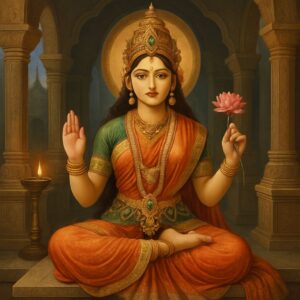
Resilience in the Face of Adversity
Sita’s life was marked by immense trials—voluntarily following Rama into exile, being abducted by Ravana, and enduring societal scrutiny even after returning. Despite these ordeals, she faced every situation with dignity and inner strength.
In today’s world, where life throws unexpected challenges—personal loss, emotional trauma, or societal pressure—Sita’s resilience teaches us to hold firm, stay composed, and overcome adversity with grace.
Integrity and Moral Courage
Even when questioned or doubted, Sita never wavered in her principles or the purity of her character. Her commitment to truth and righteousness did not waver, no matter how painful the consequences.
Quiet Empowerment and Self-Worth
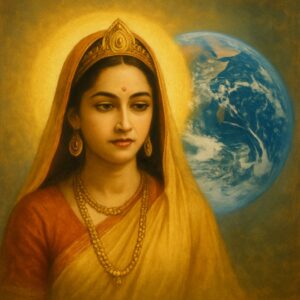
Though often portrayed with calmness and grace, “Sita’s strength is not silent”. Her decisions—like walking into exile without hesitation or refusing to return to Ayodhya after being doubted—reflect a powerful inner resolve and independence.
The Right to Choose and the Power of Dignity
Perhaps the most empowering moment in Sita Devi’s life comes at the end of her journey. When asked to prove her purity again, she chooses to return to Mother Earth rather than continue being tested. This final act is not of defeat, but of **self-respect and agency.
In today’s conversations about women’s rights, dignity, and autonomy, Sita’s choice speaks volumes. She exercised her right to walk away from injustice, asserting her voice in a deeply patriarchal setup—something still relevant for many women today.
A Role Model Beyond Time
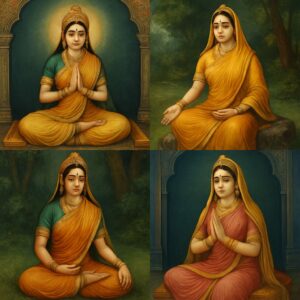
Sita Devi is more than a mythological figure—she is a symbol of timeless values: love, sacrifice, truth, and strength. Her story is not confined to ancient scriptures but lives on in the everyday actions of people who uphold integrity and resilience in their own lives.
Whether you’re navigating relationships, fighting societal judgments, or simply trying to stay true to yourself, Sita Devi’s story remains a guiding light.
Conclusion: Sita Devi’s Legacy in the Modern World
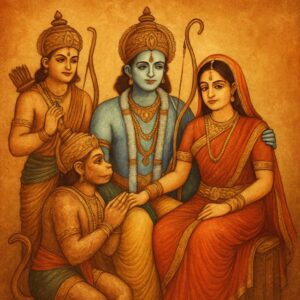
Sita Devi’s Legacy journey continues to inspire not because of divine miracles, but because of the human qualities she embodied—qualities that are just as necessary today as they were thousands of years ago.
Her story encourages us to remain strong in the face of trials, to stay grounded in our values, and never to compromise our self-worth. In a world constantly shifting, Sita Devi remains a steady reminder of strength, dignity, and timeless wisdom.
Now let’s talk about Sita Devi
Sita Devi is one of the most revered and iconic figures in Indian mythology, especially in the ancient epic Ramayana. She is known for her devotion, purity, strength, and moral integrity, and is worshipped as a goddess in Hinduism.
Daughter of King Janaka
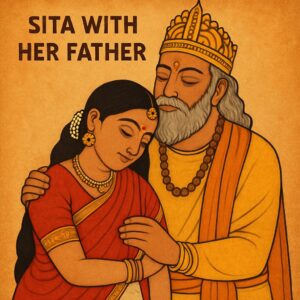
Janaka raised her as his daughter. Her birth from the Earth (Bhumi) symbolizes purity and divine origin.
Wife of Lord Rama
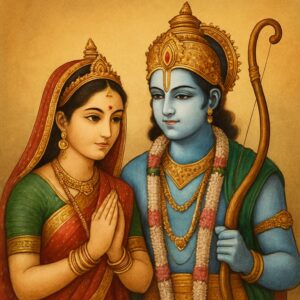
Sita married Lord Rama, the prince of Ayodhya, after he won a contest of stringing the divine bow of Lord Shiva. She is considered the ideal wife—devoted, faithful, and supportive—and is revered as a symbol of wifely loyalty and strength.
Central Figure in the Ramayana
Sita Devi’s Legacy forms the emotional and moral core of the Ramayana. When Rama was exiled for 14 years, Sita chose to accompany him into the forest, leaving behind all royal comforts. Later, she was abducted by the demon king Ravana, which led to the great war between Rama and Ravana in Lanka.
Embodiment of Strength and Sacrifice
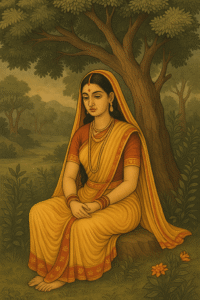
Even after her rescue, Sita was subjected to a test of purity (Agni Pariksha) to prove her chastity. In later parts of the Ramayana, she faced exile again while pregnant, due to public suspicion, and raised her twin sons—Lava and Kusha—in the forest.
Despite these hardships, Sita Devi remained dignified and principled, ultimately choosing to return to her mother, the Earth, rather than prove herself again.
Sita Devi’s Legacy: Goddess and Symbol
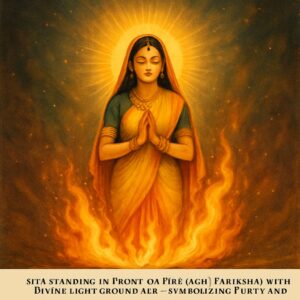
In Hinduism, Sita Devi is worshipped as a goddess, and is believed to be an incarnation of Goddess Lakshmi, the consort of Lord Vishnu. She represents the divine feminine, and is seen as a symbol of:
- Purity
- Devotion
- Endurance
- Courage
- Self-respect
Sita Devi’s Legacy: Summary
Sita Devi was not just a queen or wife—she was a symbol of ideal womanhood, who stood firm in her values, even in the face of immense suffering. Her story continues to inspire generations with its powerful messages of truth, resilience, and dignity.
Sita Devi’s Legacy
- Q: Who was Sita Devi?
A: Sita Devi was the wife of Lord Rama and one of the main characters in the epic Ramayana. She is known for her devotion, purity, and strength. - Q: Who was Sita’s husband?
A: Lord Rama. - Q: Who found Sita as a baby?
A: King Janaka of Mithila. - Q: Why was Sita called ‘Sita’?
A: She was found in a furrow while King Janaka was ploughing the earth. “Sita” means furrow. - Q: What is the name of the epic in which Sita’s story is told?
A: Ramayana. - Q: Who kidnapped Sita Devi?
A: Ravana, the demon king of Lanka. - Q: Where was Sita taken after being kidnapped?
A: Lanka. - Q: What test did Sita go through after being rescued?
A: The Agni Pariksha (test by fire) to prove her purity. - Q: What does Sita Devi symbolize in Indian culture?
A: She symbolizes purity, devotion, self-respect, courage, and inner strength. - Q: Why did Sita go with Rama into the forest?
A: She wanted to share his hardships and be with him, showing her loyalty and love. - Q: Why did Sita return to Mother Earth?
A: She chose to return to her divine mother (Bhumi Devi) rather than prove herself again, standing up for her dignity and self-respect. - Q: What lesson can we learn from Sita’s life?
A: We learn about patience, truthfulness, courage, and standing up for what is right. - Q: How is Sita Devi worshipped today?**
A: As a goddess and incarnation of Lakshmi, especially during Ram Navami, Diwali, and in many temples and homes. - Q: In which forest was Sita living when Ravana kidnapped her?
A: Panchavati, near the banks of the Godavari River. - Q: What trick did Ravana use to kidnap Sita?
A: He sent a magical golden deer (Maricha in disguise) to lure Rama and Lakshmana away, then disguised himself as a sage to abduct Sita. - Q: Which bird tried to save Sita during her abduction?
A: Jatayuvu - Q: In which Ashram were Lava and Kusha born and raised?
A: Valmiki Ashram. - Q: Sita Devi’s father’s name?
A: father’s name was King Janaka. - Q: Sita Devi’s place?
A: Mithila, an ancient kingdom located in present-day Bihar, India, and parts of Nepal - Q: Sita Devi, another name?
A: Janaki (Daughter of King Janaka.) - Q: Sita Devi Agni Pravesam place?
A: Agni Pravesam (test by fire) is believed to have taken place in Lanka, right after Lord Rama defeated Ravana and rescued her. - Q: At what age did Sita Devi get married?
A: Sita was married to Lord Rama at the age of approximately 16 years. - Q: Sita Devi’s birthplace?
A: Mithila - Q: What was Sita Devi’s brother’s name?
A: No, Brothers - Q: Sita Devi’s mother’s name?
A: Queen Sunaina - Q: Sita Devi’s sister’s name?
A: Urmila, Mandavi, Shrutakirti.

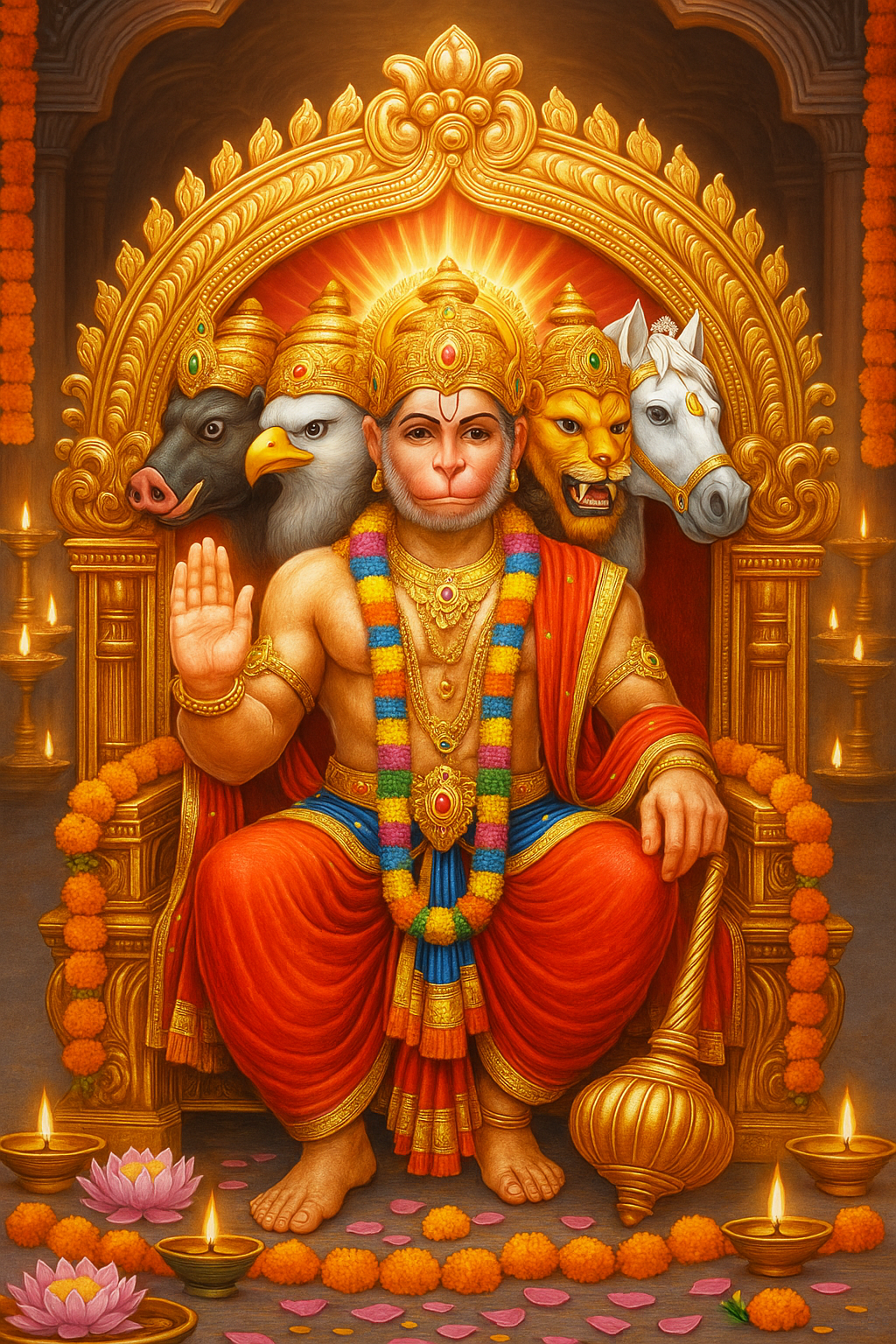

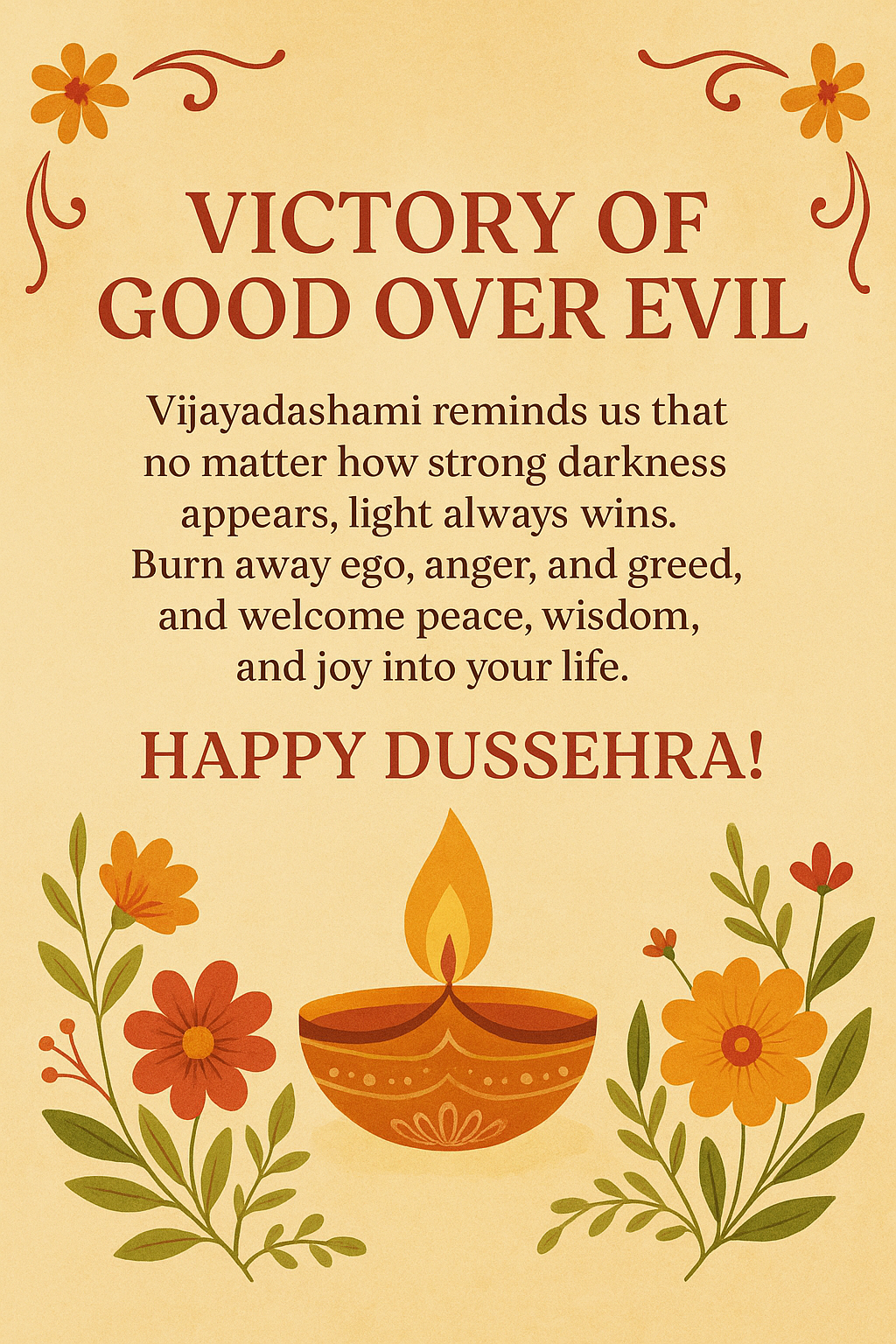
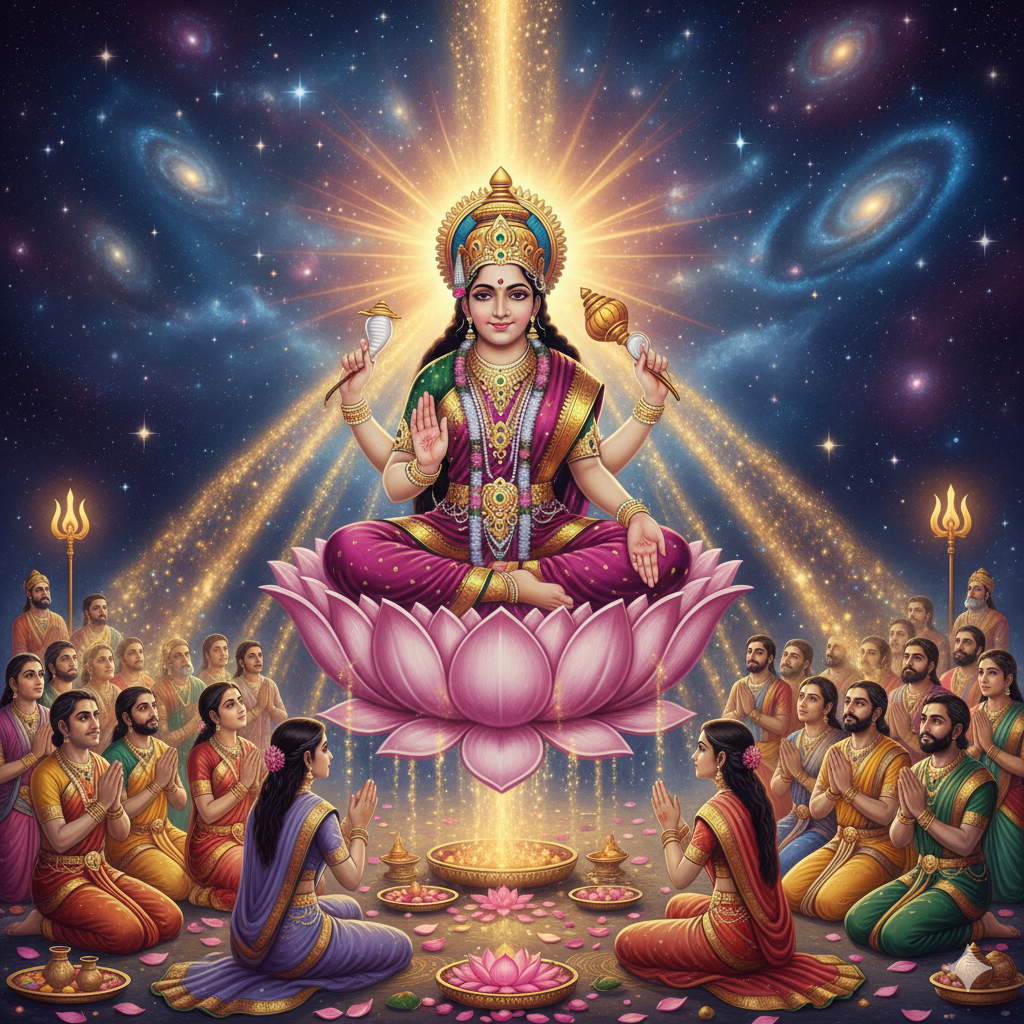
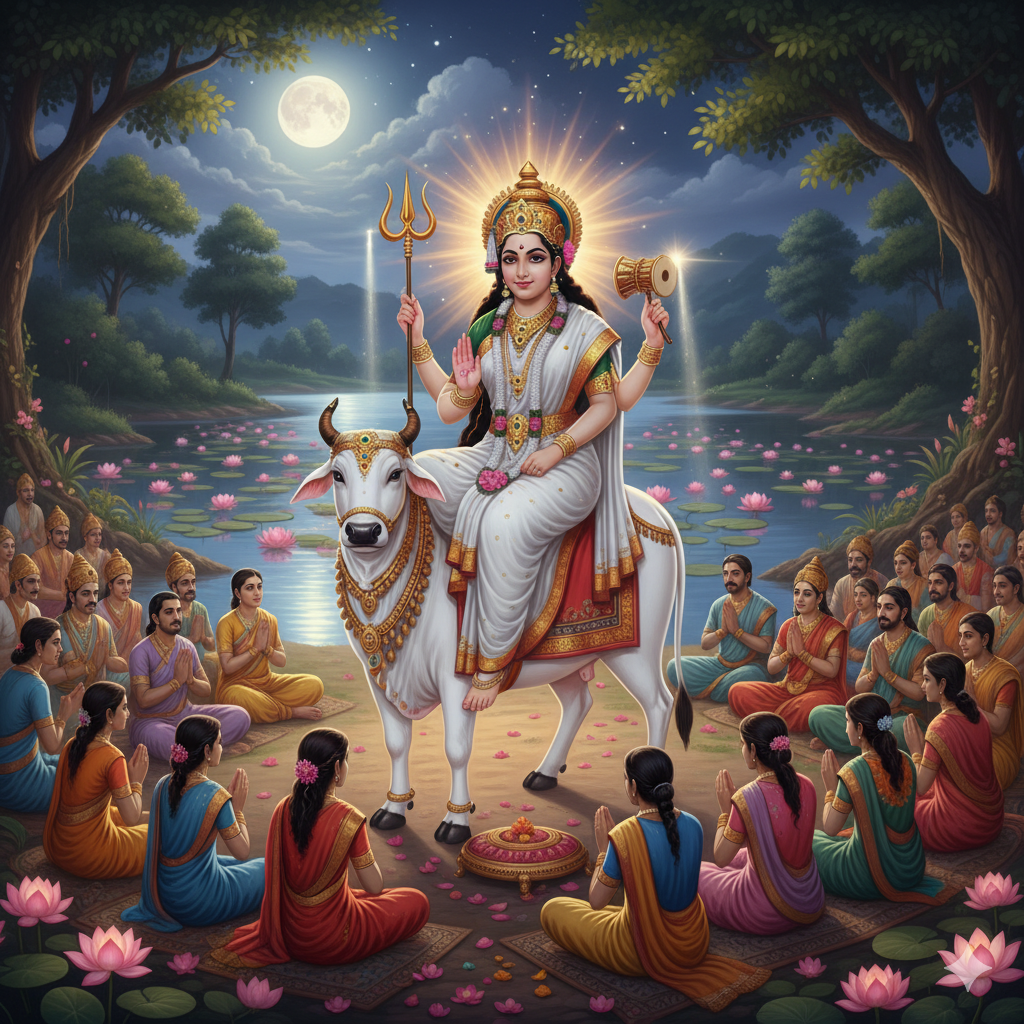
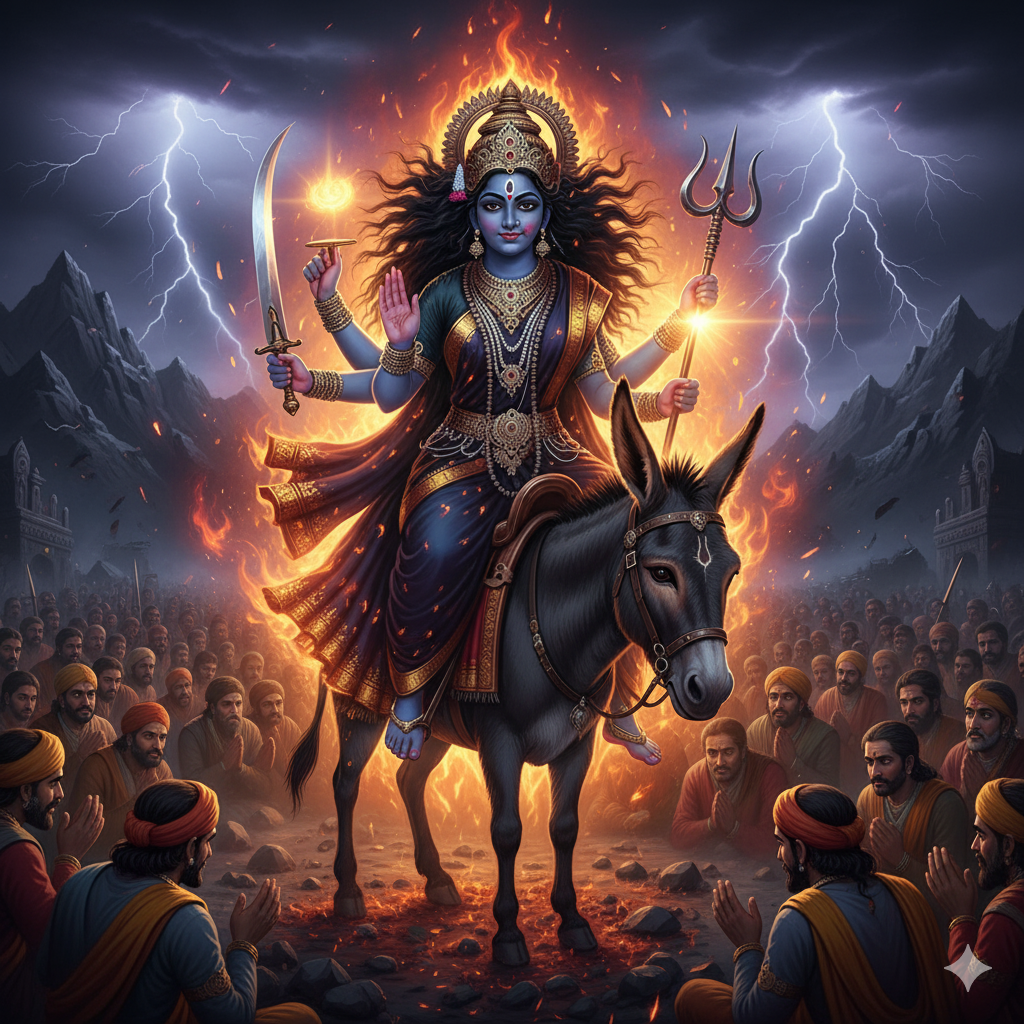
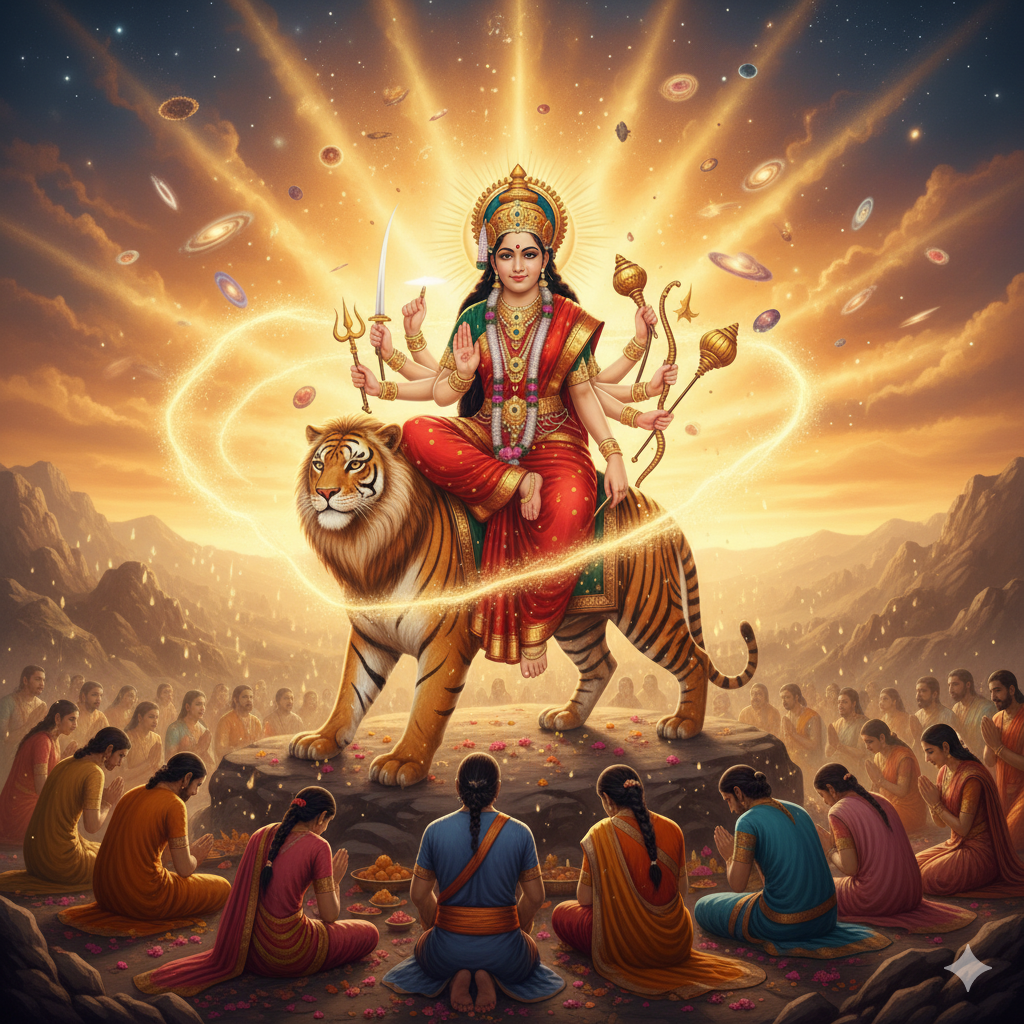
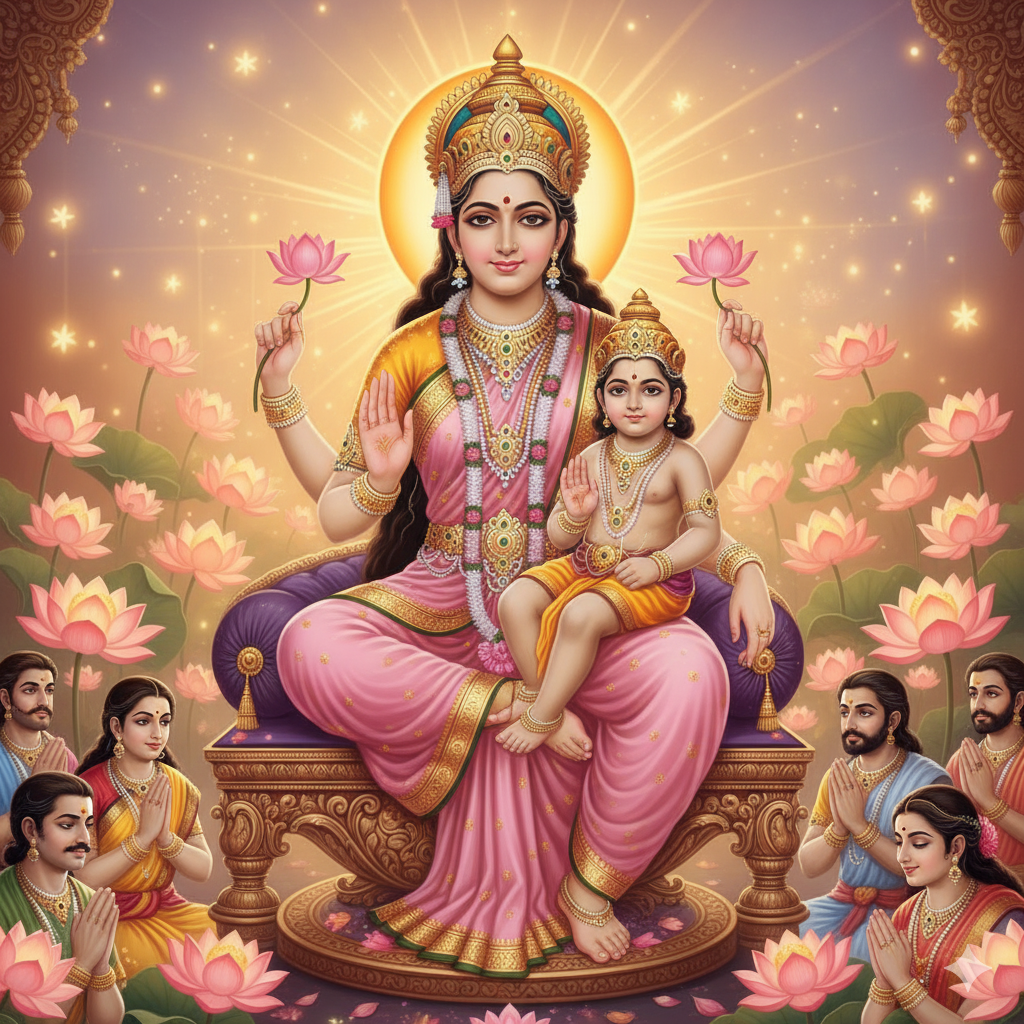
Good Blog
thank you
Wow this such a refreshing read!
Thank you so much
Awesome things here. I am very glad to peer your article.
Thanks a lot and I’m taking a look ahead to touch you.
Will you please drop me a mail?
Also visit my web blog … https://hokqibang.Cfd/
thank you so much andi